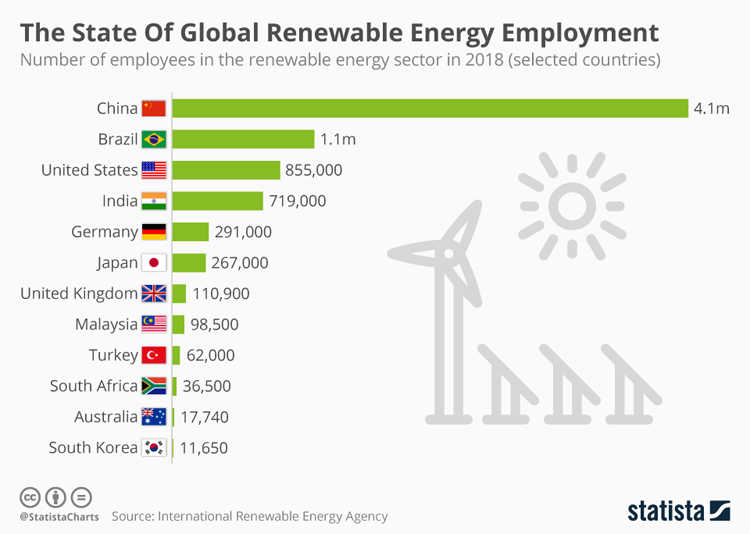March, 24, 2021

The Silk Road Journal – by Mahika Ming
The Peoples Republic of China (PRC) is planning to hold the 2021 international summit on Digital Development in Fuzhou, in Fujian in Southern China under the theme "Stimulating new dynamics of data factors and embarking on a new journey for Digital China". The two day summit starting on April 25th is held for the fourth time according to organizers. This year’s conference will be held online and offline providing space for more international guests to contribute under COVID – 19 travel restrictions etc. The Cyberspace Administration of China (CAC) is the main organizer. This international event will be a platform for releasing China's policies on IT development. It will be displaying the latest progress in building a digital China and will support experience exchanges to ease e-governance and promote digital economy. More importantly this will be a great tool to promote the digital Silk Road along with the Belt and Road Initiative (BRI) which is the 21st century Silk Road. Apart from CAC, National Development and Reform Commission, Ministry of Industry and Information Technology, State owned Assets Supervision and Administration Commission of the State Council and the provincial government of Fujian will be contributing to organize this year’s conference. The summit consists of seven sections. The main forum will be followed by 20 sub forums. An exhibition and an innovation contest are also organized and wide international participation is expected.
While focusing on the cyber space and virtual world powered by electricity generated through various sources, the PRC is also focusing on ground realities to power the cyber space. Scientists in PRC recently revealed the responses of desert ecosystems to climate change after a long term study in the desert regions. The study has revealed long term effects of global warming and revealed the effects of global warming and drought on key biotic components of desert ecosystems. The research was conducted by the Northwest Institute of Eco-environment and Resources (NIEER) under the Chinese Academy of Sciences (CAS). As per findings when compared with other terrestrial ecosystems, desert ecosystems are low in biological productivity and biodiversity and this is one of the first attempts to look at the impact of sustained climate change on such regions. Therefore it is best to utilize the dry lands for maximum output without affecting their ecological equilibrium. In 2018 researchers of many BRI countries were engaged in a research which looked at the possibility of maximum utilization of solar power wasted in the desert regions in the Middle East, PRC and Central Asia. It was revealed that by efficiently utilizing an area of approx. 80,000 SQKM (approx. 1.2 times bigger than Sri Lanka) in the dry lands of Asia all energy needs of the countries in the region could be met. Deserts are key ecosystems which covers more than 41% of earth’s land area.
The writer is an analyst with interests in the financial and sustainable development sectors with postgraduate exposure in the Far East (mahika.ming@gmail.com).
Video Story